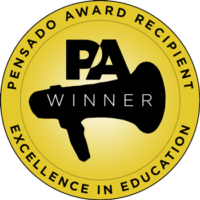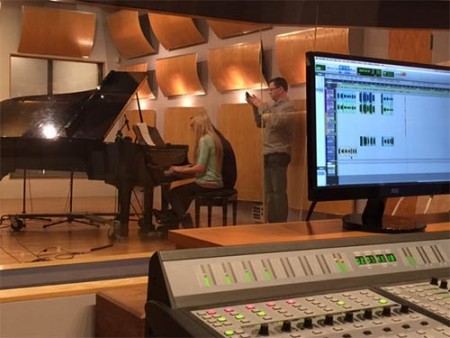
Audible Images, Pittsburgh, PA
“I started out as a musician, played music my whole life. I’m a preacher’s kid. My dad would take these little churches and I would play whatever needed to be played…I had been asked to play on a friend of mine’s record, and this was in Arkansas. We went to Fort Smith, Arkansas to Omega Sound, and I played on this record and the engineer there was a guy named Terry Aldaffer, and Terry and I hit it off….I love him like a brother. He was my mentor…He took me under his wing and would show me things. I would run the tape machine every now and then, and he kept calling in for sessions, and we wound up co-producing a record together…Terry and I still communicate to this day.”
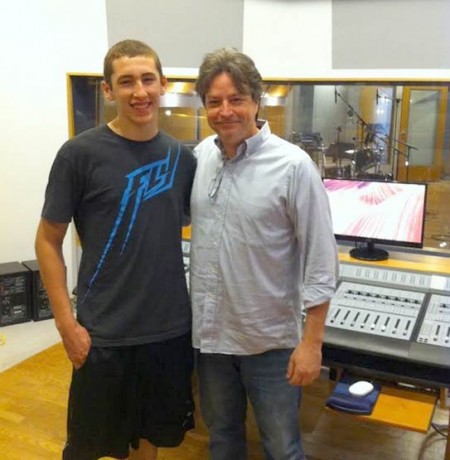
Hollis Greathouse (right) with apprentice Nick Dawson (left)
“We go through this interview process. In that process I’m trying to learn as much about them as I possibly can. I know that they’re there to learn about us, but it has to be the right mix. We don’t want a bad experience for them or us…In that interview process, I’ll try to find out as much about them as I can. Do they play an instrument and if they don’t, that’s not a problem either, but just trying to get some background on them….have my own stories, so I know what my motivations are, but not everybody’s motivations are the same. I try to find out what is it that jazzes them about this….Are they looking to produce? Do they just want to engineer? There’s so many different ways that you can go in this industry. So many different types of jobs that we try to make sure that it’s a good fit. Try to find out what they want to get out of it. Sometimes they’re looking for something that maybe isn’t really what we do. If that’s the case, that’s cool. We can try to point them in the right direction.”
ON HOW HE ENJOYS THE MENTORING PROCESS: “It’s cool because I know my room better than anybody, so I can explain what’s going on there as well as possible. It’s fascinating for me. I’ve been making records for 30 years. It still really excites me when I see somebody come in for the first time or the first few lessons, and they start hearing things. It brings back to my mind how it was when I first started, the magic…I see it through fresh eyes every time the student comes through and then it’s really great for me and it keeps me motivated.”
ON THE ACHIEVEMENTS OF SOME OF HIS STUDENTS: “Nick Dawson…He’s probably the youngest kid I’ve had. He’s way into it. It’s really cool, and he’s really getting it…He came to me with an idea that I have never even considered. We have a subkick, and he’s like, ‘I wonder what that would sound like on a bass amp. We use it on bass drums, but I know that it’s good for low frequency stuff.’ I’m like, ‘I have never done that. I’ve got to try that.’ He’s thinking outside the box…[And] Nick Heissler is a kid that, I tell you what, he is another guy that, he’s really gifted. He’s taking what he’s learning, and he’s thinking outside the box. He’s coming back to me with ideas on microphones that he’s never even used, and he’s right most of the time, just because he has read about the frequency response and he knows what they’re good for…He’s somebody to watch.”
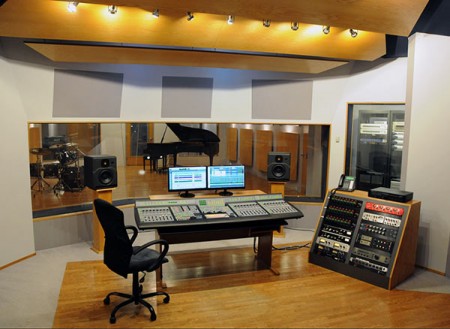
Control room in Audible Images
“First, as a musician, I’ve spent time on the other side of the glass, and there’s some things that really irritated me, like lines of sight. You’re working with somebody, but you’re in a closet. You can’t see them, so there’s no visual cues. There’s no locking into that synergy that happens with other people because you’re not really in the same room with them. One of the things that we designed was we made sure that all the glass [in the studio] was as large as possible without compromising the acoustic integrity, so that everybody feels like they’re still connected yet are still isolated….We [also] use an Aviom system for headphones. That’s one of the biggest hang-ups with most sessions is when the headphones don’t sound right. If the headphones don’t sound right, musicians are not going to be in their zone, and they’re not going to give their best, so we did the Aviom system to make sure that everybody got what they needed so they found their zone, and it makes the engineer’s job easier, and it makes life better for musicians. The end result is a greater recording, greater song, greater performance.”
ON HOW AN ENGINEER’S SKILLS TRUMPS THE GEAR: “We have an incredible collection microphone preamps, all the gear is top shelf kind of stuff.
“Aside from that, what you do with the gear is what matters even more. You can make a great recording with bad gear, or you can make a bad recording with great gear. I’ve seen it done both ways. If you know what to do with that gear, it’s all the difference in the world. I appreciate having great tools. Don’t get me wrong. I love having a great collection to choose from, but at the end of the day you’ve got to know what to do with it. One of the things that I love about what we’re doing with Recording Connection is we’re training people what to do with what they have, the basic principles of audio, so that you can take an SM57 and make a great recording with it. Or you can take, whatever, a U67 and make a great recording with it, as long as you know what to do with it.”


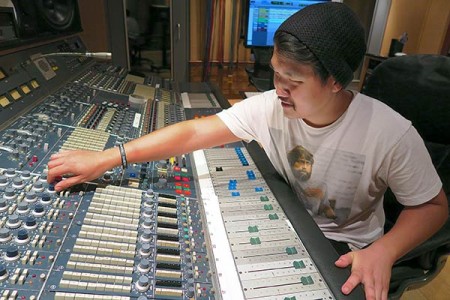
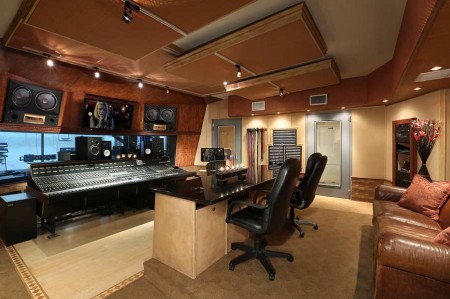
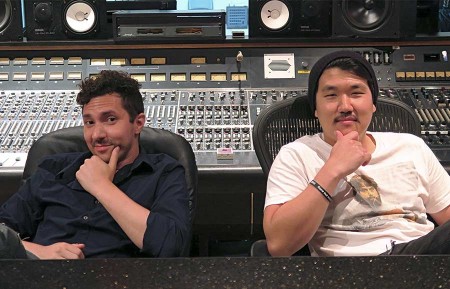
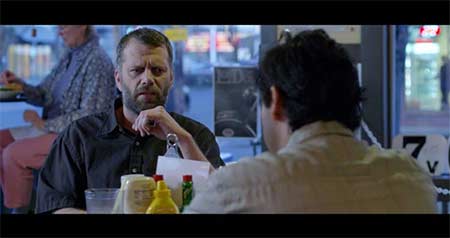
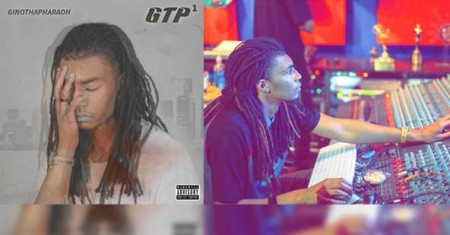
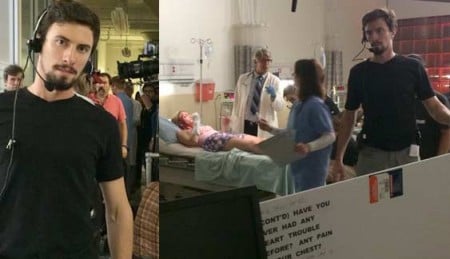




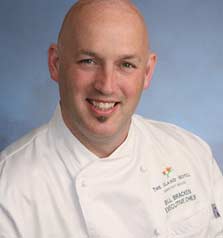 “Traditional culinary education to me is the apprenticeship mentorship approach. This is the way our culinary industry started out. I believe the mentorship approach to culinary education is a sound one. The profit loss statement of every culinary operation looks to productivity and efficiency as its number one priority. Having to re-teach culinary graduates is not only inefficient but also costly and time-consuming”
— Bill Bracken, Owner of “Bracken’s Kitchen” Food and Beverage Consulting, Los Angeles, CA
“Traditional culinary education to me is the apprenticeship mentorship approach. This is the way our culinary industry started out. I believe the mentorship approach to culinary education is a sound one. The profit loss statement of every culinary operation looks to productivity and efficiency as its number one priority. Having to re-teach culinary graduates is not only inefficient but also costly and time-consuming”
— Bill Bracken, Owner of “Bracken’s Kitchen” Food and Beverage Consulting, Los Angeles, CA



